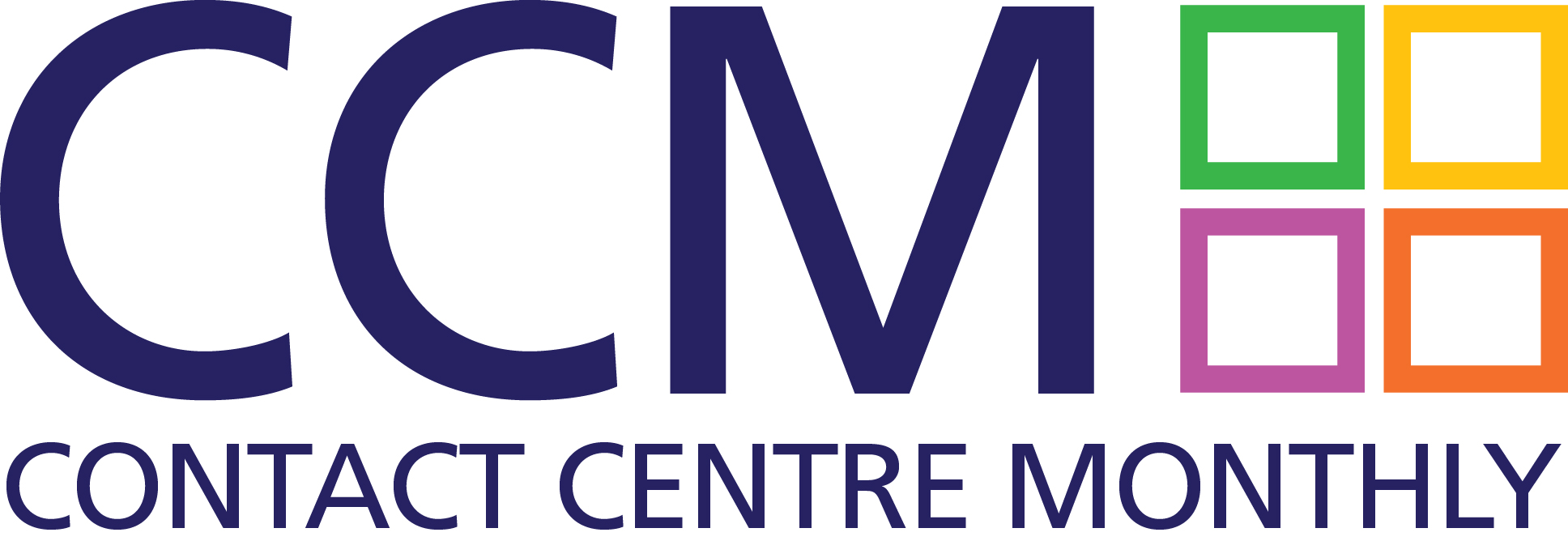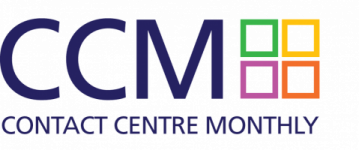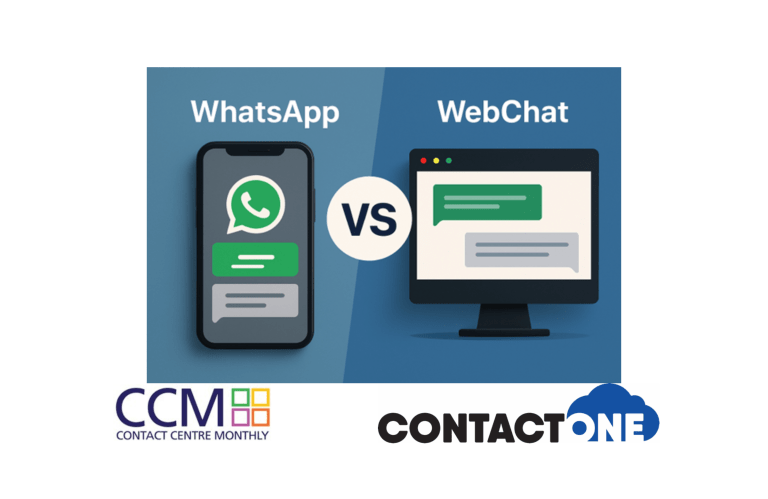In the last few years, WhatsApp has surged past traditional web chat as the preferred way for consumers to engage with brands. By early 2025, WhatsApp counted nearly 2.9 billion monthly active users and more than 400 million business accounts worldwide, with 175 million people messaging a business every day [1]. Web chat, while still present on many e-commerce sites, remains limited to active browsing sessions and often depends on live staffing—making it less flexible for busy customers.
Adoption and Engagement
Over 50 million businesses now use WhatsApp to connect with customers [2], and around 40% of consumers say it’s their preferred support channel over email or phone [3]. Messages on WhatsApp enjoy open rates of up to 98% [4], and the mobile-first design encourages far higher engagement than web-based chat tools. In some markets, WhatsApp has even become the primary storefront, enabling conversational commerce that drives millions in revenue [5].
Why the Shift?
Web chat requires real-time attention: customers must remain on a site and respond instantly, the same as being on the phone, which can be impractical when they’re commuting, stuck in back-to-back Teams calls, or managing family life. WhatsApp allows asynchronous communication—people can send a message, step away, and continue the conversation hours later. This is the difference between a real-time and near-time channel!
For businesses, WhatsApp’s 24-hour response window means agents can follow up in near-time without forcing customers to wait online [6]. This flexibility fits seamlessly into modern, fragmented daily routines.
WhatsApp for business has a few additional benefits, it is secure, widely used by consumers for personal and work communication and can be integrated to UCaaS platforms so it can be part of the business workflow.
The Customer Journey in Action
Imagine a customer on the morning train who messages a clothing brand about sizing. They spend the morning in meetings, see a reply at lunch, and follow up during their commute home. The conversation picks up naturally, without the frustration of time-outs or starting over. With web chat, that same customer would likely abandon the interaction altogether or not get routed to a live agent in time or the business would be closed!
The ROI for Brands
Companies report higher satisfaction scores, faster resolution times, and lower costs using WhatsApp compared to live chat [7]. Agents can juggle more conversations at once, and the high engagement rates make every interaction more valuable.
For today’s always-on, always-busy consumer, WhatsApp delivers what web chat can’t: convenience, continuity, better utilisation of staff, and connection.
References
- Thunderbit
- YCloud
- D7 Networks
- Gallabox
- Vogue Business
- Amra & Elma
- Timelines.ai
Copyright © Telecoms Solutions Ltd. All Rights Reserved.





